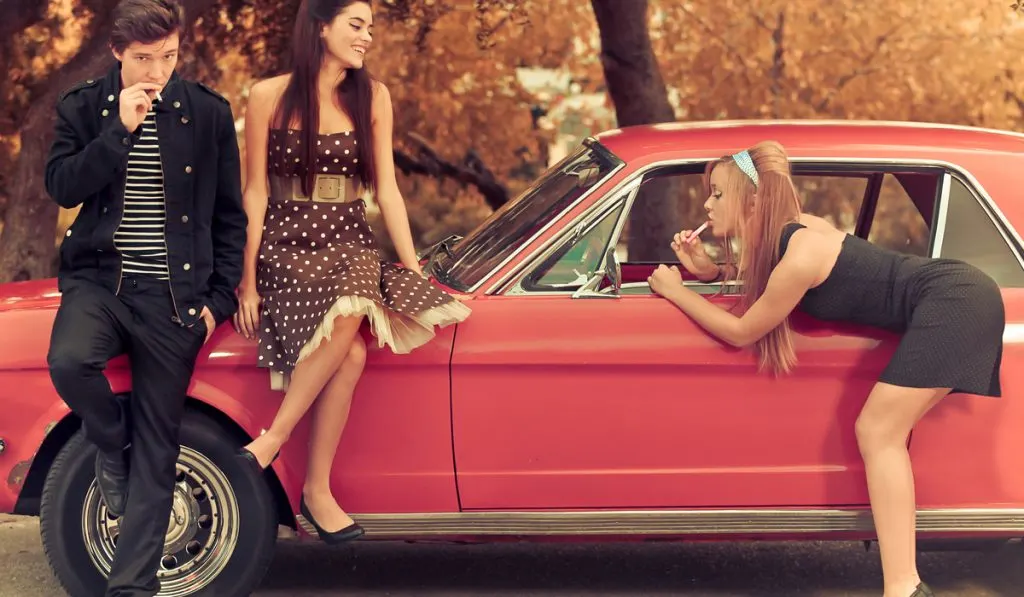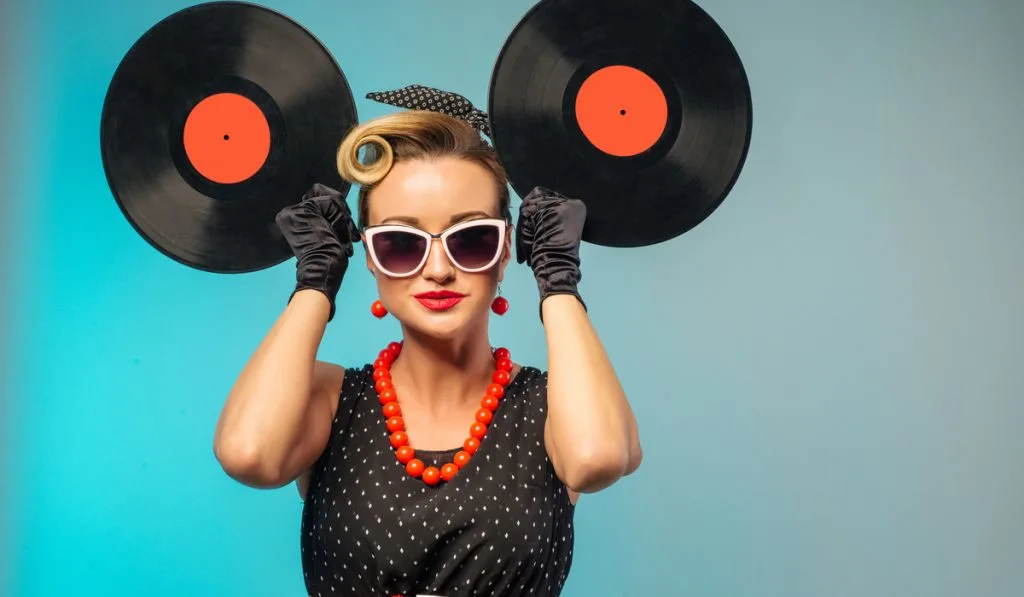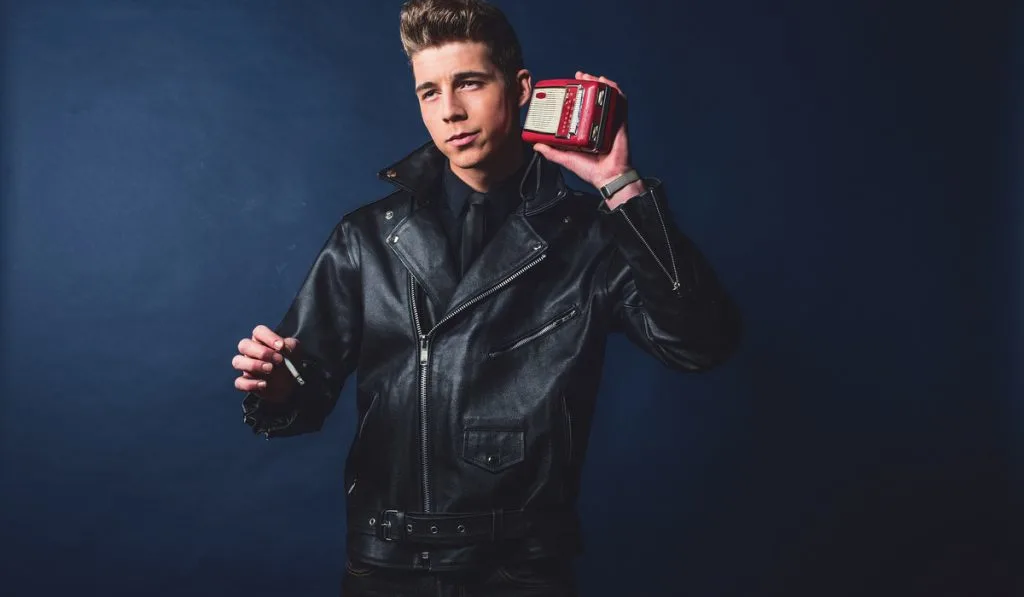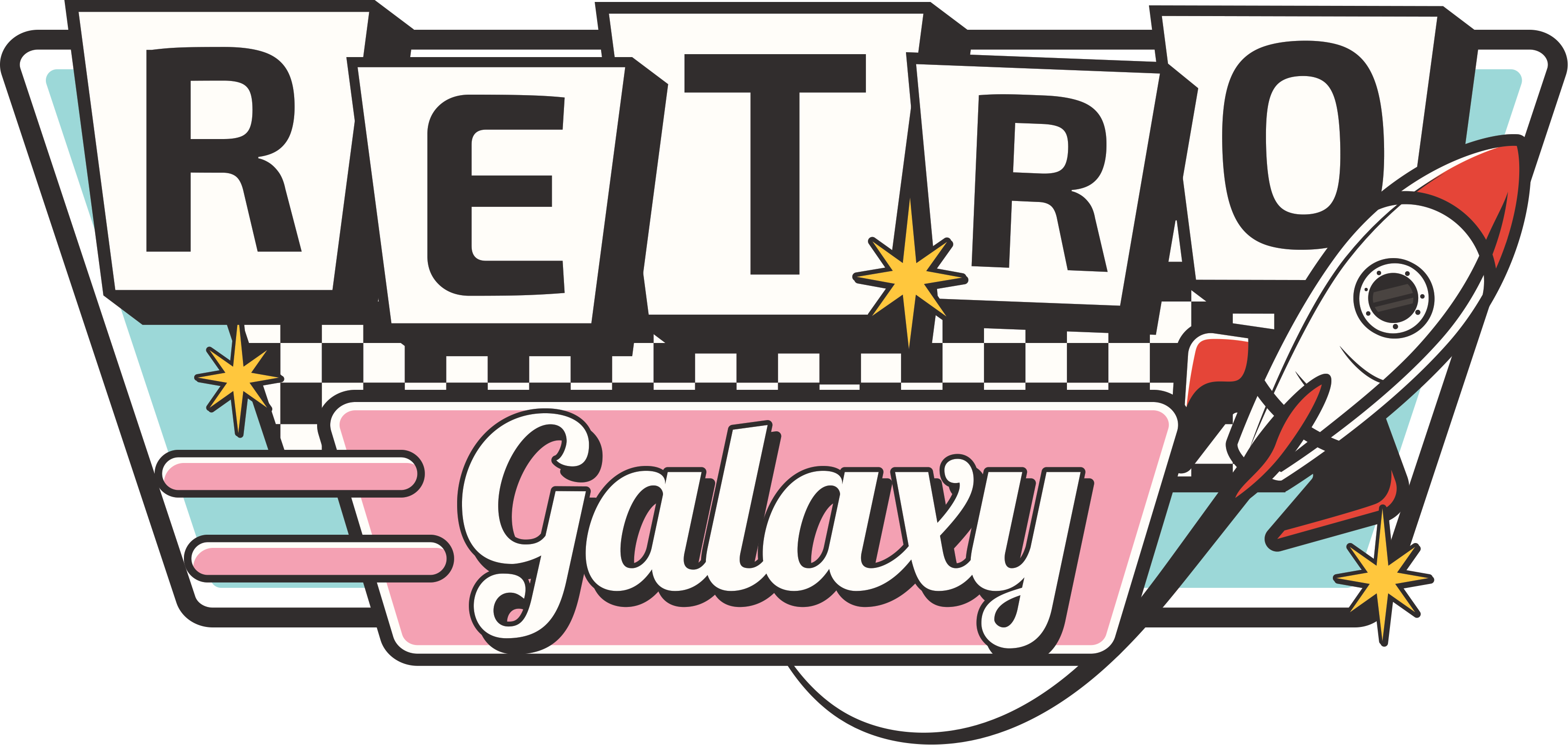The 1950s was a time of great change. In addition to the rise of television and other new technologies, the Cold War was heating up. People were beginning to question their place in society, and had doubts about the whole way that society operated.
This article will explore some of the subcultures that were most predominant in the 1950s, as well as investigating some sub-culturally significant events that occurred during the 1950s.
We will look at how these changes affect the way people lived, and how they may still be impacting us to this day. Read on to learn more about subcultures and countercultures in the 1950s.
The Greaser Subculture

The greasers of the 1950s were a group of young men (typically from the working and lower classes) who dressed in tight jeans, leather jackets, and boots.
They also wore long hair, which was often greased back with pomade – hence their name, and carried guitars or other musical instruments.
These guys were known for their love of fast cars, motorcycles, and rock ‘n’ roll music – meaning that they were linked heavily to changes in technology and entertainment in the 1950s.
It is said that the first appearance of the greasers was in 1946 when they began wearing their tight clothes and carrying their guitars around with them.
However, it wasn’t until 1953 that the term “greaser” came into use. This name stuck, and the number of people who adopted this style and culture increased.
A particularly high concentration of Greasers were found in urban areas and around specific ethnic groups, such as Italian Americans and Latino Americans.
If you want to learn more about the greaser subculture, then we recommend that you read S. E. Hinton’s book ‘The Outsiders’, which is a fictional account of a Greaser gang, as well as the cultural and political conditions that lead to the development of this group.
Mods

In the early 1950s, there was another youth movement that emerged called Mod. Mods were a group of young people who wanted to dress differently than everyone else, and have fun doing so.
Whilst the Greasers were found mainly in American urban areas, the Mod lifestyle developed in London, and then spread throughout the rest of the United Kingdom, with a focus on northern city hubs – such as Leeds, Sheffield, Manchester, and Newcastle.
They wore suits and ties, and even went out of their way to get haircuts that looked different from the 1950s standard look.
Mods were very much associated with jazz and swing music, and many of them listened to American R&B records, and smooth modern jazz.
This included artists like Miles Davis and Charlie Parker. Later on, Mods embraced Jamaican ska music, which was typically brought over by Black American servicemen, who had been stationed in the UK.
As well as their unique taste in music, mods were known for riding scooters, which were often chrome plated and covered in stickers.
A large part of the Mod subculture was going out to nightclubs, dancing, and listening to records. This meant that mods were linked with drug culture – in particular, the recreational use of amphetamines.
It is thought that the Mod subculture peaked in popularity between 1955-1957, although it continued to develop and change through the 1960s.
If you are interested in learning more about the mod subculture, then we suggest reading John Hellier’s book ‘Mods: An Urban History From Mop Top to Beatle Cut’.
Hippies

Hippies were a group of people who were against mainstream society and its values, and had an interest in Eastern philosophy.
The hippie subculture began in California during the late 1950s, but didn’t really become well known until the 1960s, when it started spreading across America and Europe.
In Britain, the hippie subculture was most prominent in cities such as Liverpool and London.
Hippies tended to be politically left leaning, and were also strongly opposed to capitalism and consumerism.
They believed that material possessions were not important, and instead focused on things such as love and peace. Hippies were also anti-war, and some of them became involved in civil rights movements.
Many hippies used drugs, particularly marijuana, LSD, and mescaline. However, they weren’t just interested in getting high, but also in having spiritual experiences.
Some hippies even took psychedelic drugs in order to find enlightenment – and psychedelic patterns and art have now become a significant part of modern conceptions of hippies.
Hippie fashion consisted of long hair (often worn loose), colorful clothing, sandals, beads and other accessories.
Many hippies would listen to folk music, and others listened to rock music. If you want to learn more about the hippie subculture, then we recommend reading Paul Moody’s book ‘The Hippy Handbook’, or watching the documentary ‘Woodstock’ (which tells the story of the 1969 Woodstock festival – the poster event of the hippie subculture).
Teddy Boys/Teds

Teddy boys were a British youth subculture that emerged in the 1950s, as American music spread across the pond. They dressed in zoot suits, white shirts, and narrow drainpipe trousers.
Their style was influenced by gangsters, and they adopted similar hairstyles and facial hair. They were also fond of wearing black leather jackets, and carrying canes.
There were also women who were involved in this subculture, called Teddy Girls, who wore big poodle skirts and tight sweaters for nights out, but then wore trousers and jeans for everyday wear.
The men’s hairstyles and women’s jeans were seen as pretty shocking for modern society. Teddy Boy fashion lasted into the 1960s, and was popular among teenagers all around the world.
In terms of music, teddies loved big band music, especially Glenn Miller and Tommy Dorsey. They also liked swing music, and many teddies played jazz instruments like saxophones.
Teddies were also very much into sports, and they often went to football matches with their friends.
If you want to know more about the Teddy Boy subculture, then we suggest reading the biography ‘Teddy Boy: The Birth of Cool’ by David Dalton. Or watch the film ‘Rock Around the Clock’.
Final Thoughts
We hope that you enjoyed learning about these different subcultures from the 1950s! The 1950s was a period of big change in the West, and the emerging identity of the teenager symbolizes that.
The subcultures were tied to a changing climate, and reverberations of some styles, music and ideology associated with these countercultures still has an impact today, reflected in fashion, cinema and politics.
